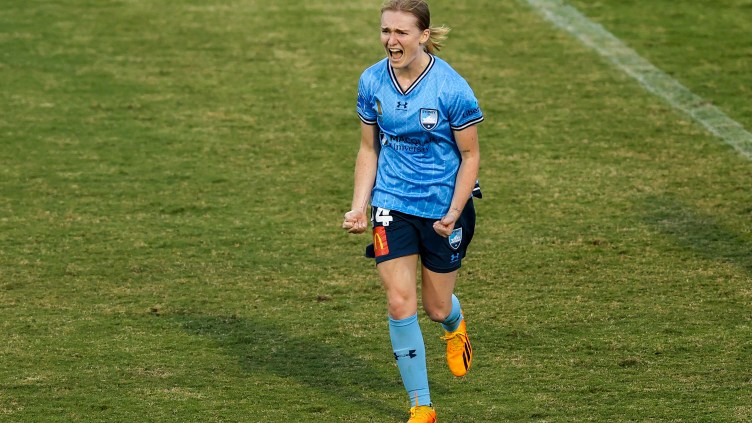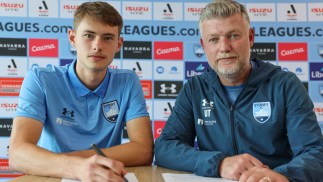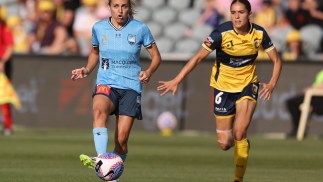The Qantas Socceroos need a left back, and Adelaide United’s Cassio and Melbourne Victory’s Adam Traore could be available. Is it time to reconsider naturalised players?
The Qantas Socceroos, clearly, have a problem at left back. Cassio is a proven performer in a problem position.
Now that the Adelaide United stalwart is finally eligible to play for his adopted country, does it follow he should be capped?
Difficult question for Holger Osieck, but one that national coaches the world over have to wrestle with. Including Ricki Herbert. More on that in a moment.
Back to Cassio. Brazilian born-and-raised, he’s got a decent pedigree. You don’t play almost 100 first team games for Flamengo if you’re a mug.
The Reds fans know that better than anyone. He’s a massive favourite at Hindmarsh Stadium. With the qualifiers for the East Asian Championships coming up in Hong Kong, there’s a window of opportunity. Will Osieck use it? We’ll have to wait and see.
At 32, Cassio doesn’t have time on his side if he’s hoping to go back to Brazil in 2014 as a player, rather than a fan. It’s now-or-never.
Not so for Adama Traore, who’s only 22. Next year, the Ivory Coast born-and-bred player will also be eligible for Australia after five years in the Hyundai A-League.
Whether he wants to wear the green and gold remains less certain, but only recently he knocked back a call-up for Ivory Coast in order to play for Melbourne Victory in the season-opener against the Heart.
So the door, for now, remains open. Again, a possible solution to the left back conundrum.
It’s been a while since Australia went down this path. Famously, the squad that went to the 1974 World Cup was dominated by European expatriates, mainly from the former Yugoslavia and Great Britain.
Rudi Gutendorf – like Osieck, a German – took over the national team four years later with a mandate to “Australianise” the Qantas Socceroos. Gutendorf was long gone by the time his seeds had borne fruit. But that’s exactly what they did.
Within two decades, the list of naturalised Socceroos was down to one – Milan Ivanovic. The former Red Star Belgrade defender retired from the national team 14 years ago, and since then only Max Vieri and Neil Kilkenny could be placed in a similar category.
These days the Qantas Socceroos could easily qualify for one of those Dick Smith stickers. “Australian made”. And proud of it. The trouble is, pride can also be a curse.
Herbert, as All Whites coach, is wrestling with the same dilemma. A few months ago, his former Wellington Phoenix favourite Daniel Cortes became eligible for New Zealand.
Daniel, like Cassio, was born-and-raised in Brazil. Now playing his club football in Thailand (Insee Police United), Daniel – like Cassio – is leaning towards settling in his adopted country once he stops playing. Which makes the prospect of book-ending his career by playing for the All Whites especially enticing.
As yet, Herbert hasn’t made his move. At 33, Daniel – like Cassio – doesn’t have a lot of time up his sleeve. Herbert, like Osieck, has to balance expediency with patriotism.
New Zealand – like Australia – have moved away from relying on “converts”. But things can change.
Andrew Durante, born-and-raised in Sydney, might beat Daniel to the punch. The Phoenix skipper will be eligible to play for New Zealand when the World Cup qualifiers resume next March. Word is, Herbert is more than tempted.
If bigger footballing countries than Australia, and New Zealand, are prepared to put out the welcome mat, why can’t we? At the last World Cup, five countries went down this path.
They included Portugal (Deco), Germany (Cacau) and Italy (Mauro Camoranesi). At the next World Cup, who knows, there could be more.
Truth is, there are always worthy exceptions. What matters is they’re exactly that. Exceptions. Cassio in the green and gold? Who really has a problem with that?



